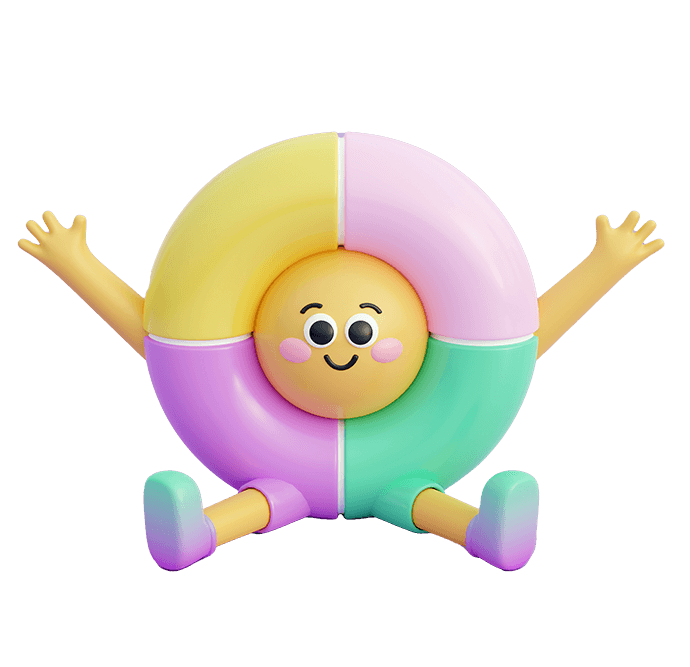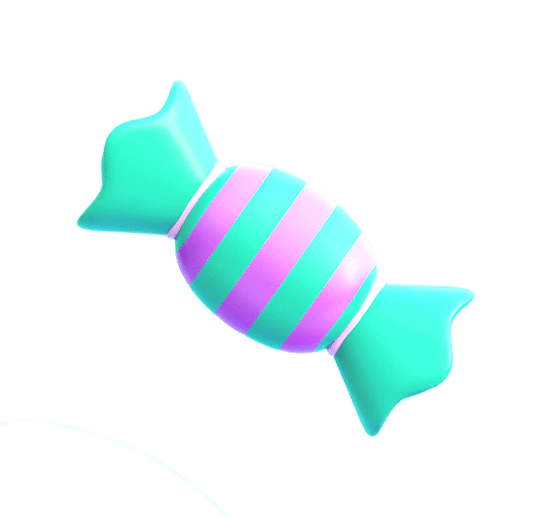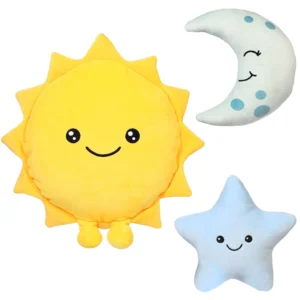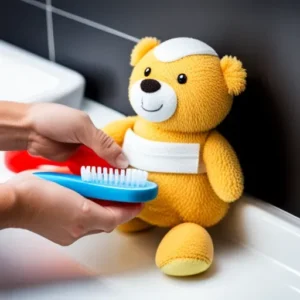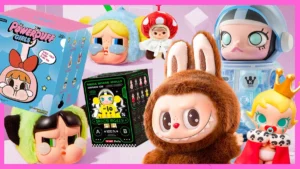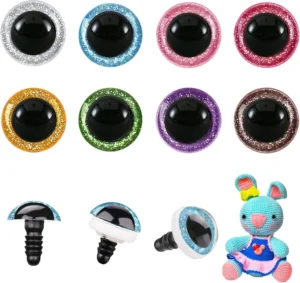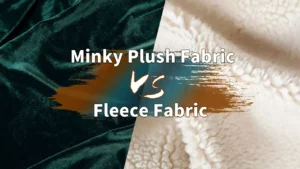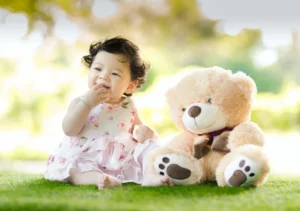Crocheting stuffed animals combines craftsmanship and creativity. The right stitches, yarn, and techniques create soft, charming toys loved worldwide.
Making crocheted stuffed animals (amigurumi) involves mastering basic stitches, selecting suitable yarn and hook size, shaping parts, assembling pieces, and stuffing properly. Customization enhances uniqueness. Each step affects the toy’s softness, durability, and appeal.
Let’s explore the detailed process of crocheting stuffed animals, step by step.
1.What are the fundamental crochet stitches used in making stuffed animals?
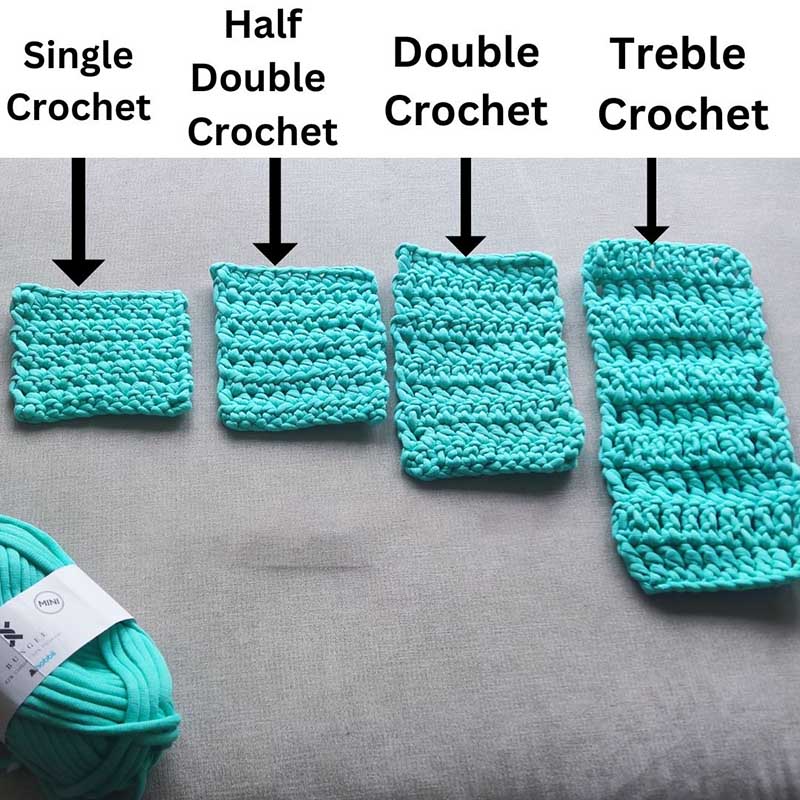
Basic crochet stitches like single crochet, slip stitch, and increase/decrease are the building blocks for creating plush toys.
Single crochet forms tight fabric ideal for stuffing. Slip stitches join parts smoothly. Increasing and decreasing stitches shape curves and contours of stuffed animals.
Single crochet (sc) is the primary stitch in amigurumi, producing a dense, firm fabric that holds stuffing well. This tight weave prevents fiberfill from escaping, making it perfect for plush toys.
Slip stitch (sl st) is mainly used to join rounds or pieces together without adding bulk. It creates seamless joins and neat edges.
Increasing stitches (inc) means adding two single crochets in one stitch, expanding the fabric to form wider shapes. Decreasing stitches (dec) combines two stitches into one, tapering the shape.
Mastering these techniques allows creators to craft smooth, rounded bodies, limbs, and heads, essential for lifelike and cuddly stuffed animals.
| Stitch Type | Purpose | Effect on Plush Toy |
|---|---|---|
| Single crochet | Main stitch | Tight, durable fabric |
| Slip stitch | Joining pieces | Clean, seamless joins |
| Increase stitch | Widening shape | Rounded contours |
| Decrease stitch | Narrowing shape | Tapering edges |
Proficiency in these stitches is crucial for consistent quality in crochet plush toys.
2.How do you choose the right yarn and hook size for amigurumi projects?
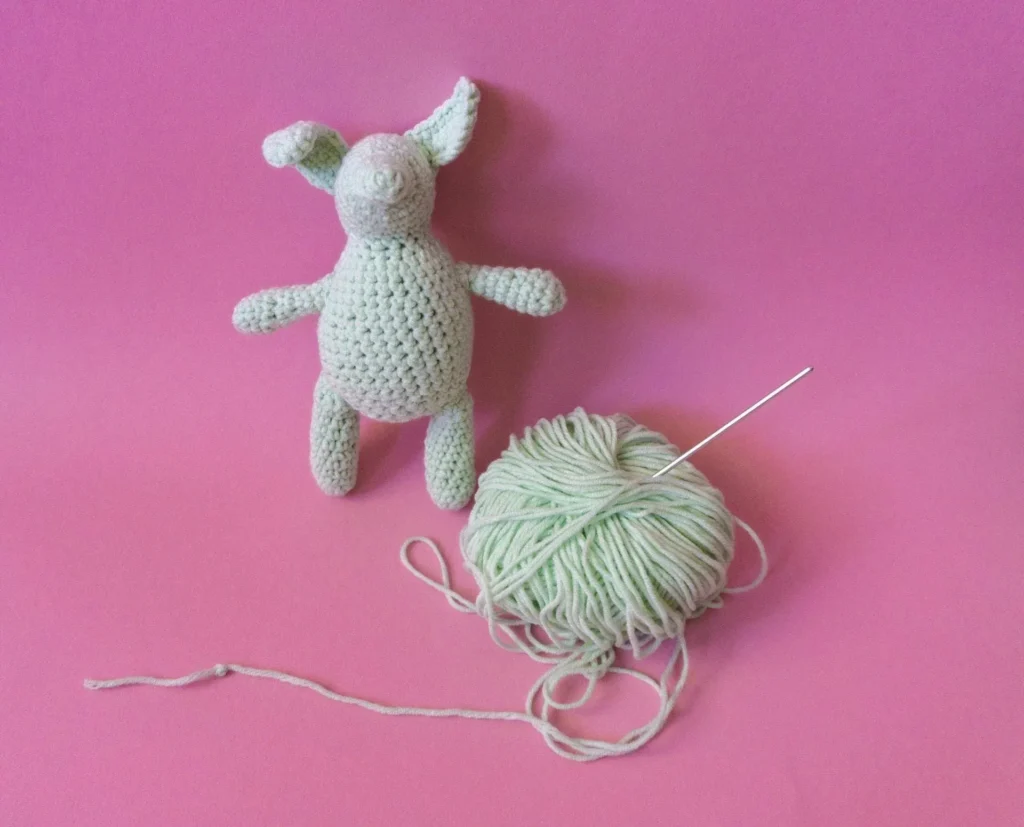
Selecting yarn weight and hook size balances fabric density, toy softness, and stitch definition.
Use medium-weight yarn and small hooks to create tight stitches that prevent stuffing from showing. The yarn type affects texture and durability.
Choosing yarn and hook size impacts the final toy’s feel and structure. Thicker yarns create chunkier toys, while thinner yarns allow fine detail but require more stitches.
A smaller hook than suggested for the yarn weight tightens stitches, preventing stuffing leakage. For example, using a 3.5mm hook with worsted weight yarn produces firm fabric.
Fiber content matters: acrylic yarns are popular for their durability and ease of care, while cotton yarns provide smooth texture but less stretch.
Matching yarn and hook to design and target customer expectations—like Jessica Williams’s preference for safe, washable materials—improves product appeal.
| Yarn Weight | Hook Size (mm) | Toy Characteristics |
|---|---|---|
| Worsted (Medium) | 3.5 – 4.0 | Balanced softness and firmness |
| DK (Light) | 2.5 – 3.5 | Fine detail, smaller toys |
| Bulky | 5.0+ | Larger, softer toys |
This selection process is key to producing quality amigurumi plush toys.
3.What is the step-by-step process for creating basic stuffed animal shapes by crochet?
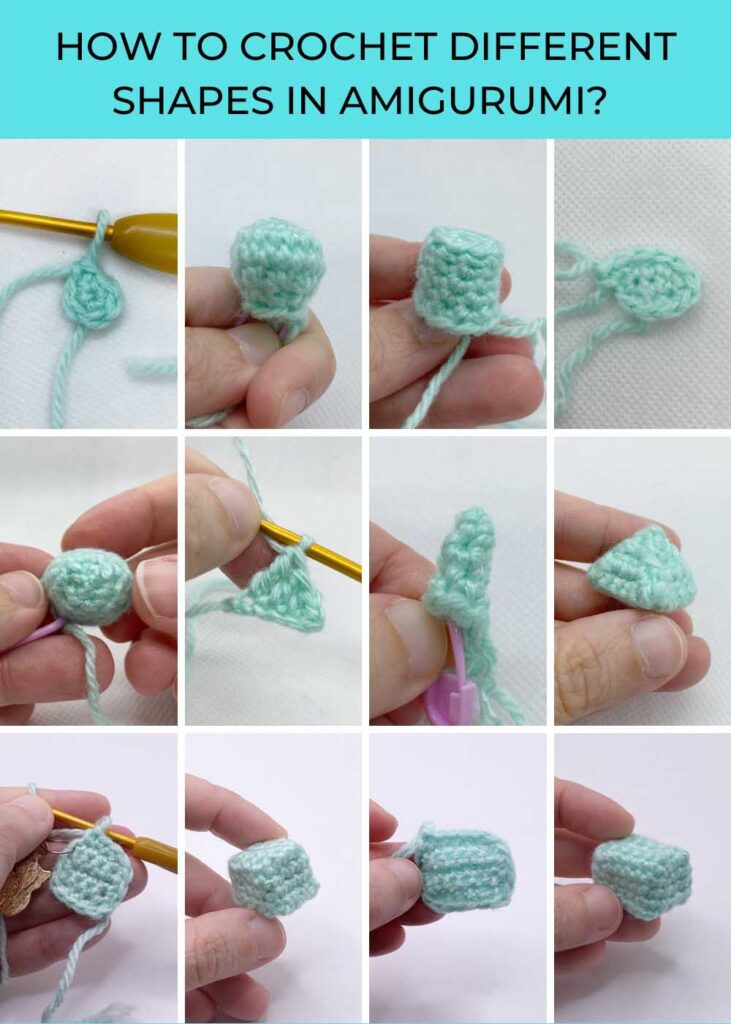
Creating shapes involves working in rounds, increasing and decreasing stitches, and changing colors as needed.
Start with a magic ring, crochet in spirals, use increases to expand, decreases to taper, and switch colors to add features. Repeat for body parts.
Most stuffed animal parts begin with a magic ring, a tight loop of stitches that prevents gaps at the start.
Crocheting in continuous spirals avoids seam lines, giving smooth surfaces. Increases shape the piece by widening it gradually. Decreases taper to form rounded ends like limbs or heads.
Color changes during rounds create features like stripes or patches, adding personality.
Common parts include:
- Head: Spherical, requires multiple increases and decreases.
- Body: Oval or round, shaped similarly.
- Limbs and ears: Smaller tubes or flat pieces, attached later.
Consistency in stitch tension ensures even shape and size.
| Step | Description | Tips |
|---|---|---|
| Magic ring | Start tight loop | Prevent gaps |
| Crochet in spirals | Work without seams | Smooth surface |
| Increase stitches | Expand shape | Gradual, even increments |
| Decrease stitches | Taper shape | Balanced reduction |
| Color changes | Add features | Switch yarn carefully |
Mastery of these steps allows for creating diverse and appealing stuffed animals.
4.How do you assemble and sew crocheted parts to form a cohesive plush toy?
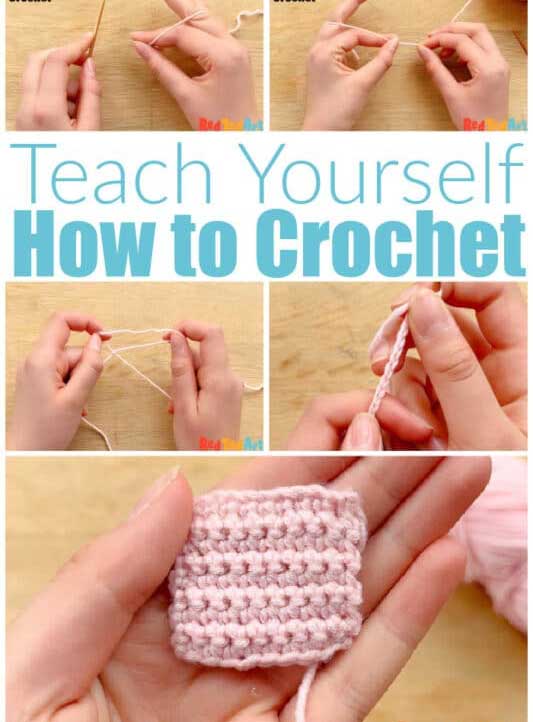
Assembling requires precise sewing and positioning to unify parts naturally and securely.
Sew parts using a yarn needle and whip stitch. Attach limbs, ears, and other features symmetrically for balance and durability.
After crocheting parts, block them lightly to shape and smooth stitches. Position pieces carefully on the main body to check placement before sewing.
Using a yarn needle, sew parts with whip stitch or mattress stitch, which secure pieces with minimal visible thread. Symmetry is crucial for aesthetic appeal.
Stuff parts slightly before attaching to help hold shape. Reinforce joints with multiple stitches to withstand handling.
Adding accessories or embroidery after assembly enhances the final look.
| Assembly Step | Purpose | Tips |
|---|---|---|
| Blocking | Shape parts | Steam or wet shaping |
| Positioning | Check placement | Use pins or stitch markers |
| Sewing | Join parts | Tight, even stitches |
| Reinforcing | Strengthen joints | Multiple passes |
Effective assembly ensures a cohesive, durable plush toy.
5.Which stuffing techniques optimize the softness and structure of crocheted toys?
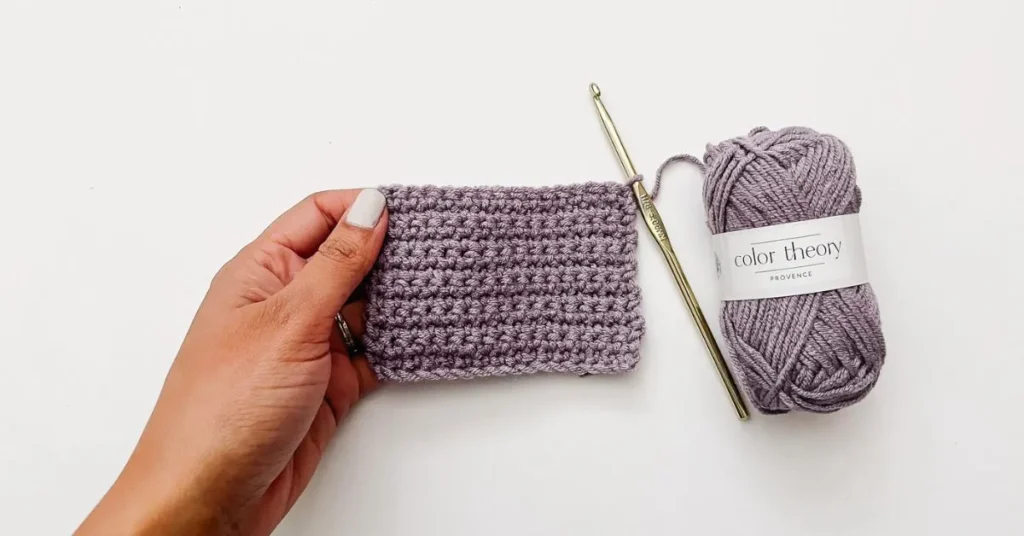
Stuffing evenly and tightly shapes toys while preserving softness and preventing sagging.
Stuff toys gradually with polyester fiberfill, using tools to fill corners and balance firmness for a natural, cuddly feel.
Begin stuffing limbs and smaller parts lightly to keep flexibility. Larger areas like bodies need firmer stuffing for structure.
Use chopsticks or stuffing tools to push fiberfill into tight spots, ensuring full coverage without lumps.
Avoid overstuffing which can stretch stitches and distort shapes. Understuffing causes sagging and weakens the toy’s feel.
Maintaining consistent pressure during stuffing results in smooth, well-shaped toys that meet customer expectations.
| Stuffing Area | Firmness Level | Purpose |
|---|---|---|
| Limbs and ears | Light to medium | Flexibility |
| Body and head | Medium to firm | Structure and shape |
Proper stuffing improves durability and tactile appeal.
6.How can customization and detailing be added to enhance crocheted stuffed animals?
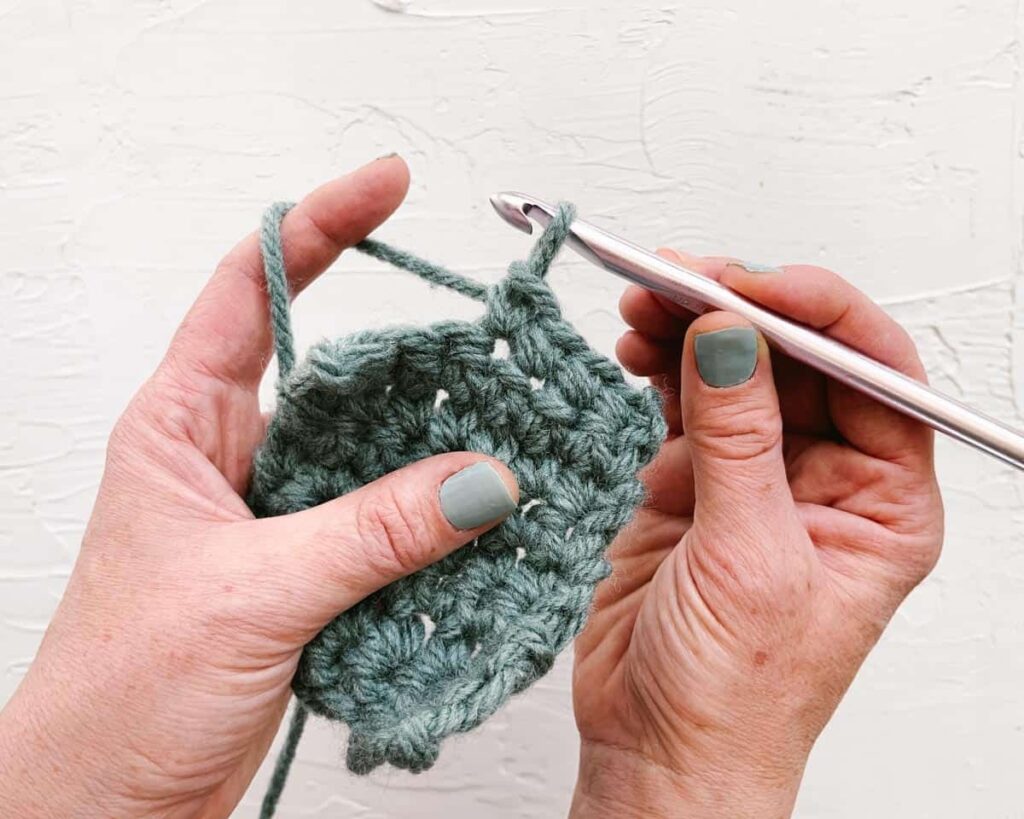
Adding embroidery, accessories, or color changes personalizes toys, increasing market appeal.
Customization includes embroidered faces, sewn-on clothes, color patterns, and accessory attachments that create unique, brand-aligned toys.
Facial features are often embroidered to improve safety and durability compared to plastic eyes. Different yarn colors create stripes, spots, or other patterns during crocheting.
Accessories like scarves, hats, or small clothing pieces add charm. These can be crocheted or sewn from fabric and attached securely.
Brand logos or personalized tags sewn in enhance brand identity, appealing to retailers and end customers.
Customization increases perceived value and meets diverse client needs, helping suppliers like Kinwin stand out.
| Customization Type | Methods | Customer Benefit |
|---|---|---|
| Embroidery | Stitching facial features | Safety, durability |
| Color patterns | Yarn color changes | Unique design |
| Accessories | Crocheted or fabric items | Added play value |
| Branding | Sewn-in labels | Brand recognition |
Thoughtful detailing elevates the appeal and market success of crochet stuffed animals.
Conclusion
Mastering crochet techniques, materials, and finishing touches creates soft, unique stuffed animals that delight customers.
For expert amigurumi plush toy production, contact Amanda at [[email protected]] or visit [https://plushtoyinchina.com].

